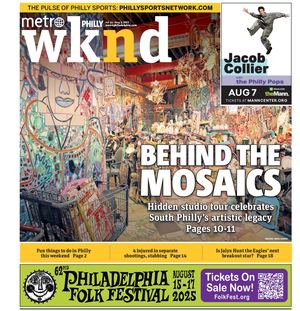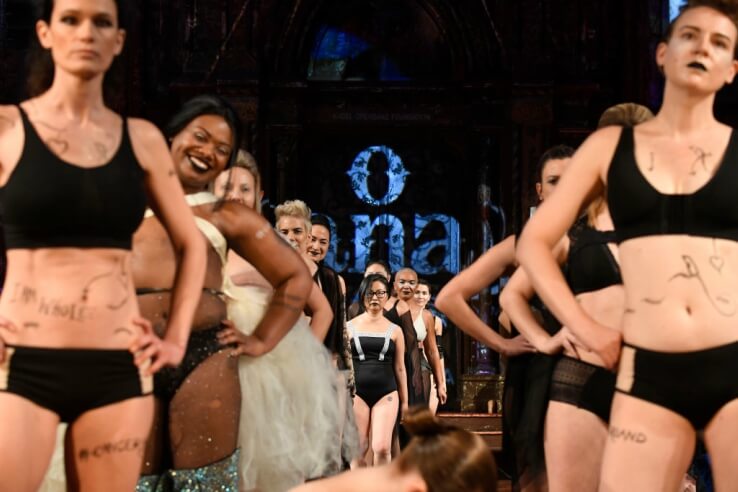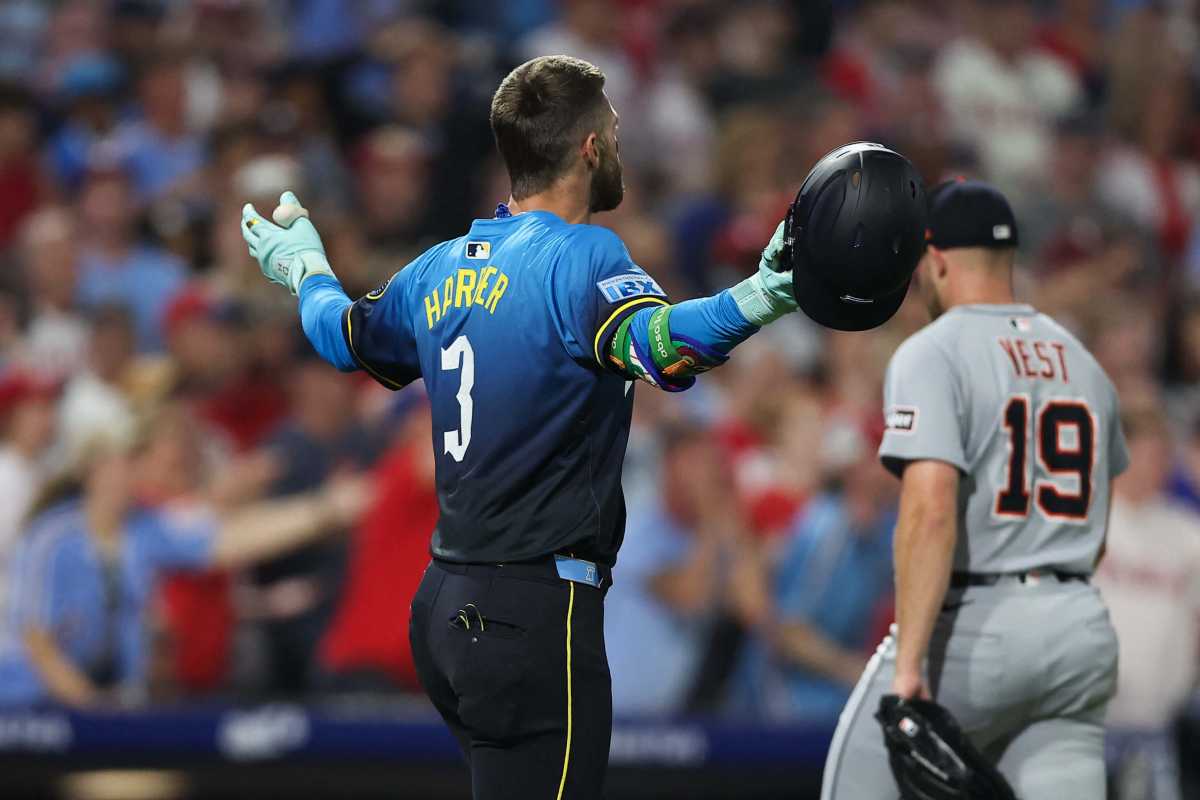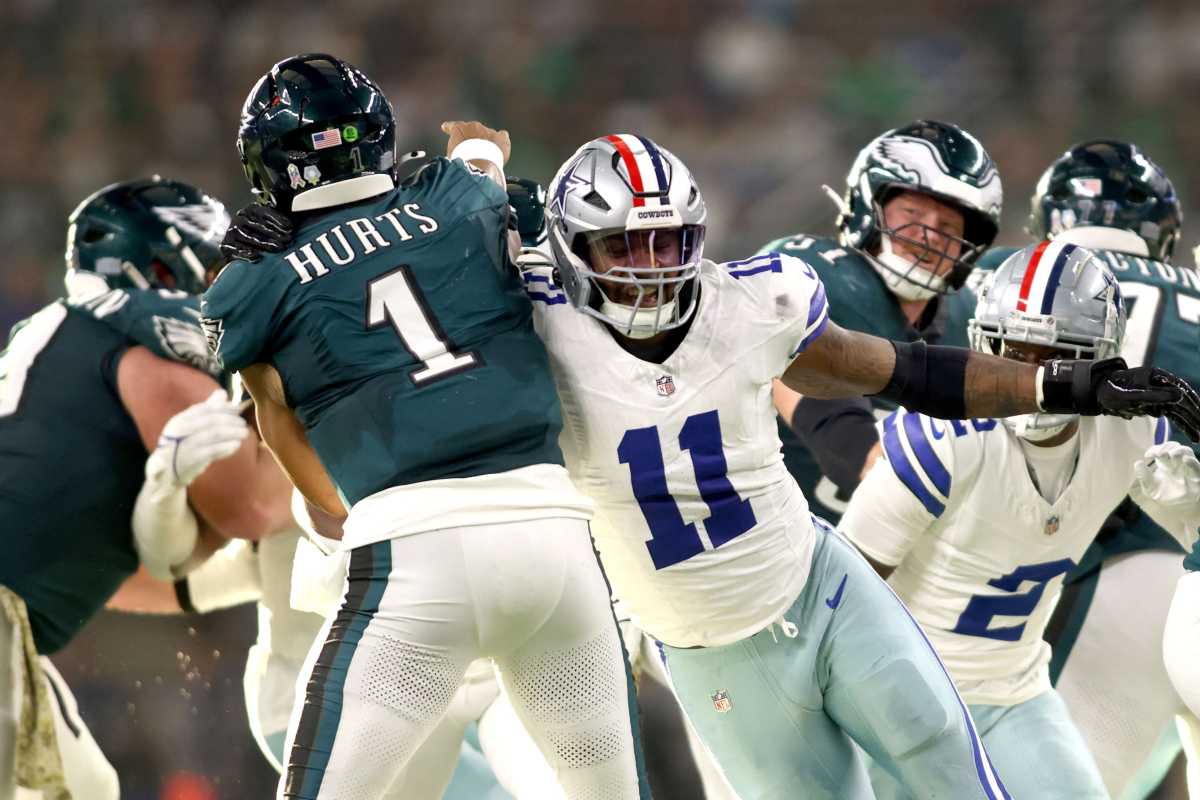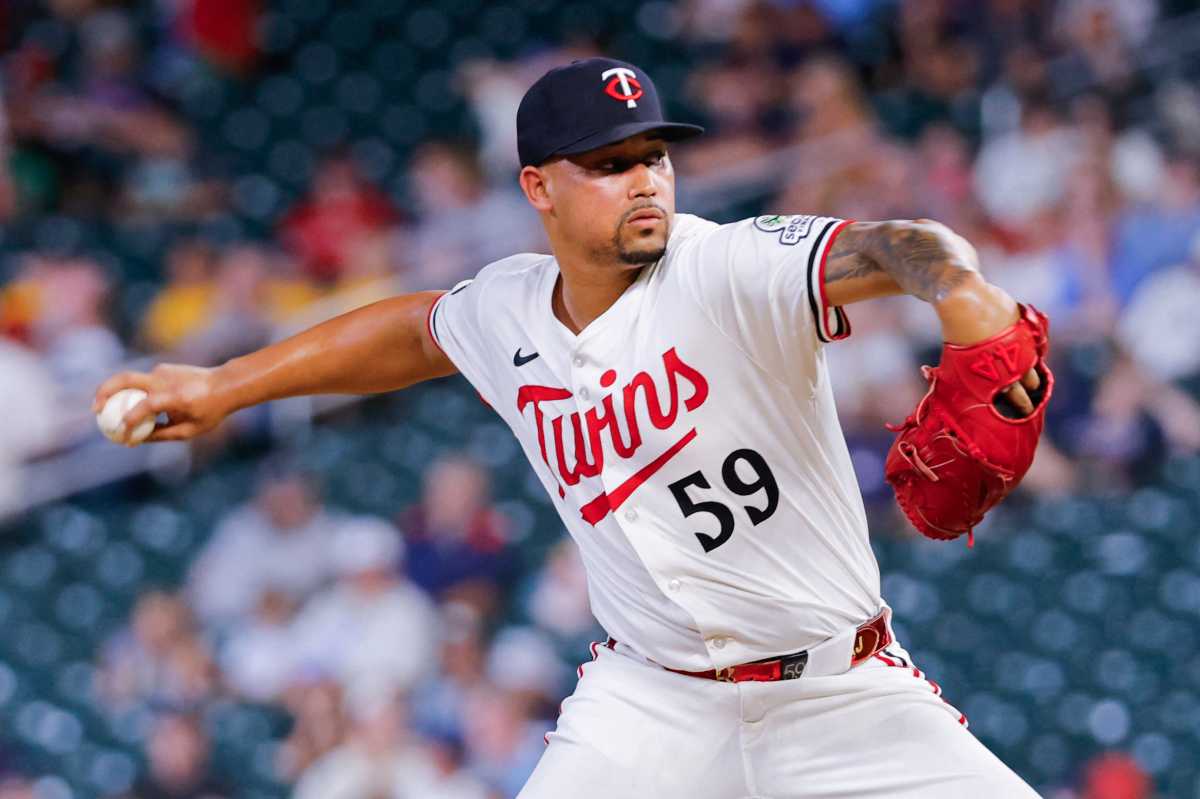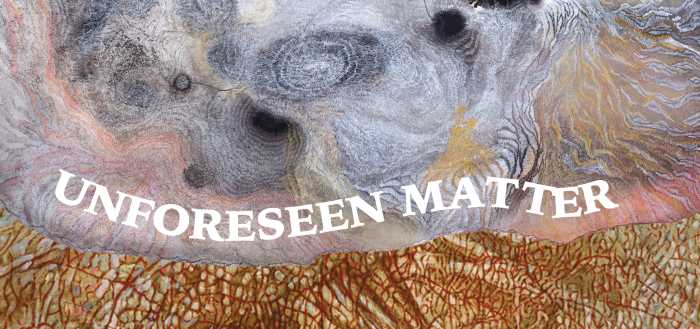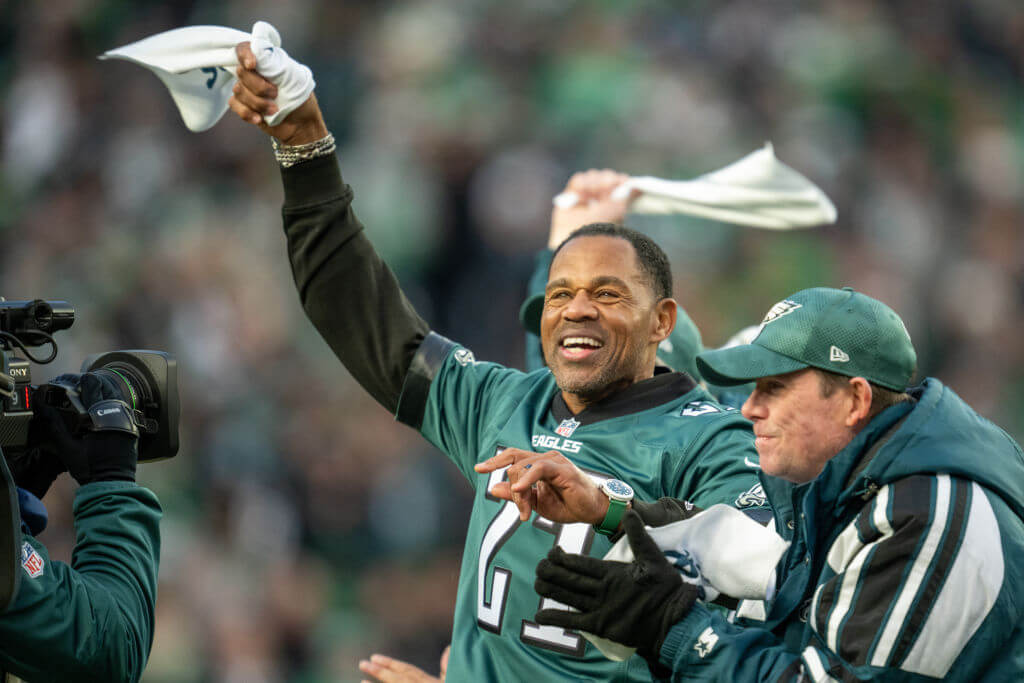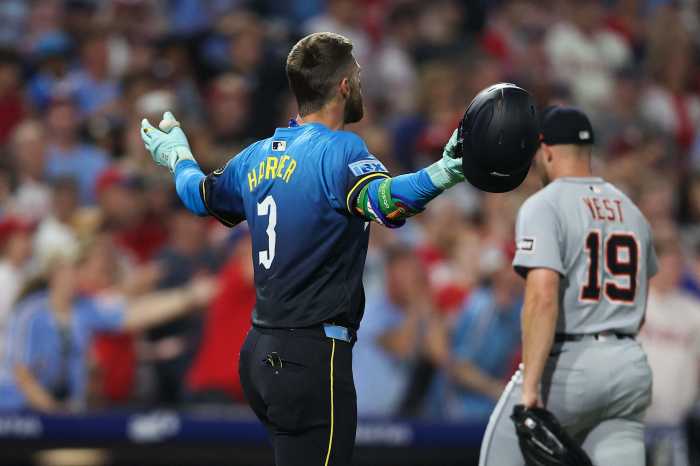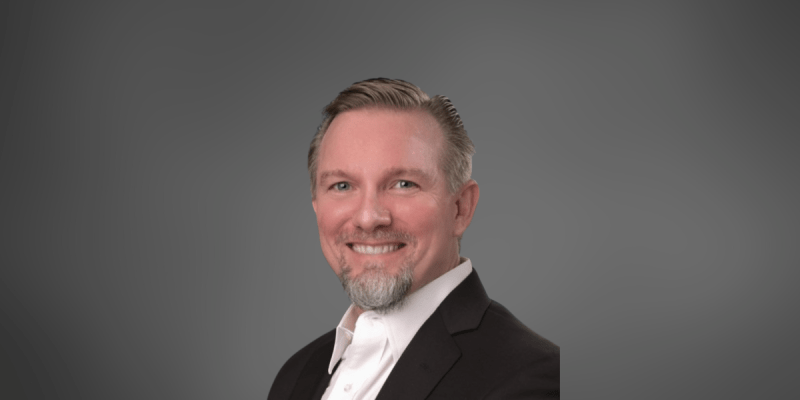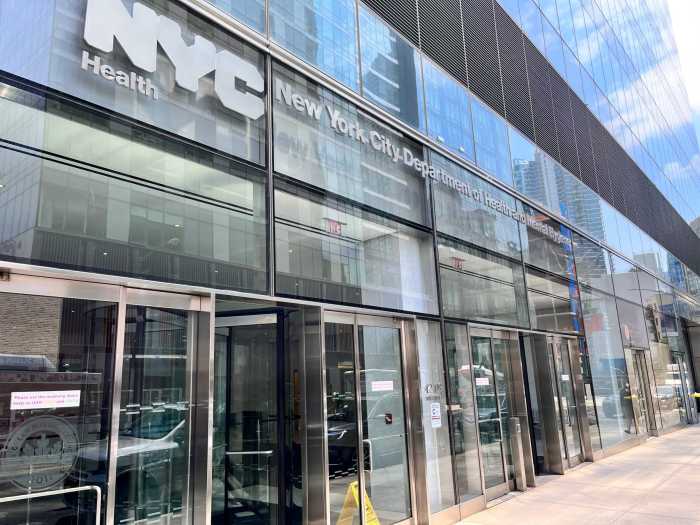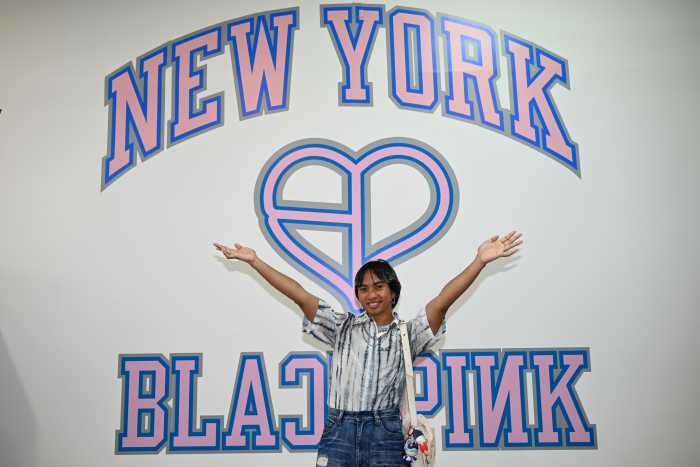At the young age of 27, Dana Donofree was diagnosed with Breast Cancer. After undergoing surgeries and breast reconstruction, Dana made it her mission to design bras specifically for women who have had breast reconstruction, breast surgery, mastectomy, or are living with other conditions that cause pain or discomfort because she believes that beauty and comfort should not be a compromise.
Dana Donofree talks about her journey and Ana Ono
How would you describe yourself growing up?
Dana Donofree: I grew up in a tiny little town in the middle of Ohio. It had one of those small-town environments where everybody knew everybody. I was always a little bit crazy and rebellious but was also an artist and really super creative, so I was balancing my time with schoolwork and doing dance classes and doing art classes and making my own clothing and you know, designing things all the time. It was a really incredible little way that I got brought up and sort of ended up shaping my entire life there afterwards.
Were you always creative from the start?
Dana Donofree: Oh yeah, even in my childhood, my mother has these binders of outfits that I used to design as a young girl that would come in blue and in orange and turquoise, I grew up in the 80s, so don’t judge!
What initially were your thoughts after you received your diagnosis?
Dana Donofree: I mean when I was diagnosed it was a complete and utter shock, I had no reason for it to be on my radar, I was 27 years old, I was healthy, I didn’t have a family history. There was nothing in life that was sending alerts my way that you could get sick or that you could get Cancer in your 20s, I mean it was just a total shock all around. You know hearing that two months before my wedding was purely devastating, I mean the first thing I felt was ‘Am I gonna make it? Am I even gonna be here to walk down the aisle eventually, you know what does this mean? What does Cancer mean and what is it going to do to my life?’ There were an incredible amount of unknowns in that moment.”
What was the beginning of growing Ana Ono like?
Dana Donofree: You know it was tough, I would say I knew there was a need, I was living with a body that was affected by Breast Cancer, I had undergone breast reconstruction, and I thought for sure there were thousands and millions of other people like me that were looking for the same thing, but what I realized was that we were all encountering similar issues and challenges after our mastectomy and breast reconstructive surgeries. But what I learned very early on was that people didn’t understand then what Breast Cancer did to a woman’s body, and they didn’t understand what breast reconstruction was or the differences of a breast reconstruction after a Cancer Diagnosis or prevent one.
So what I felt like when even though when I met my customers and other Breast Cancer patients- like immediately they would go ‘Oh my God, I have been looking for a bra everywhere, I can’t find one, why can’t I find one, what’s so wrong with us?’ And I was like well we just don’t fit into traditional underwear anymore because our reconstructive breasts look and mimic breasts but don’t perform like them. So it causes fit issues, and the second I told them I was designing reconstructive bras, their faces would light up. But telling that to the rest of the world was uh- you know something I didn’t necessarily expect when I launched Ana Ono.
How long after your diagnosis was Ana Ono created?
Dana Donofree: I was diagnosed with Breast Cancer in 2010 and part of the process is once you have your mastectomy you can go into a phase called the expansion phase and during that phase which mine took me about a little over six months is where there is an implant in your body that helps expand your tissue and muscle back out to sort of ‘house the new implant’. That phase can take a few months or a year, then when you go to get the implants in, and they remove the expanders is really when I identified an issue. When I was in the expansion process I understood that my body was not like my old body; you do have sort of these hard expanders in your chest that are doing something medically necessary and you can kind of use that as a crutch to say okay my body does not feel myself and regular bras don’t fit me.
But as I was going through that and only wearing sports bras or only wearing tank tops, I thought that when I put my implants put in that, I would just go back to all of my old bras. That was when I found out that I just had a different size and a different shape then my healthy breasts were before I removed them from the Cancer. So I worked with my Plastic Surgeon and asked ‘Hey why can’t anything fit me? What would you recommend, what should I do?’ That was when I was advised just to wear tank tops and sports bras, and I did that, I did that for another six months. So it was almost exactly a year after I was diagnosed, a little bit later, but I got married in May of 2011; it was shortly after my wedding that I was like ‘wow wearing sports bras and tank tops on your honeymoon isn’t really all that sexy’ I really wanted to design beautiful sexy intimates that fit me because I couldn’t find anything that fit.
So yeah it was really a year after everything, all of my surgeries and all that was when I was like wow I need to do something about this. Women shouldn’t live like this; we should feel like we felt before cancer. We shouldn’t be put into this whole new realm of not being able to dress ourselves just because we decided to reconstruct our breasts and feel good about our bodies.
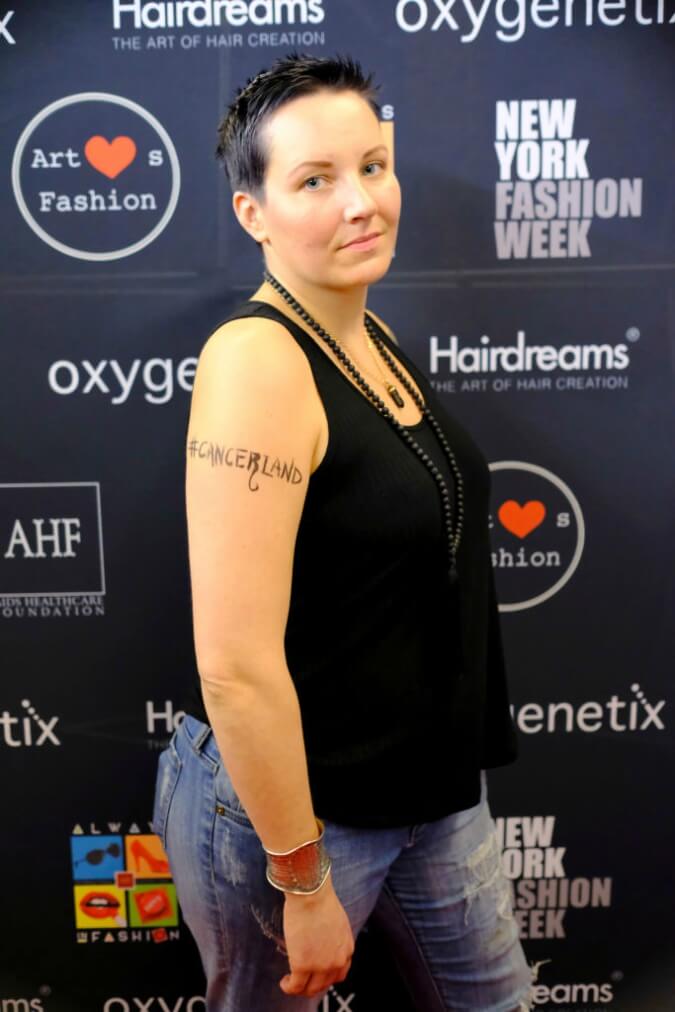
What was the greatest challenge of launching Ana Ono?
Dana Donofree: I mean the biggest challenge for me and being a small company was the education that we also had to provide alongside selling beautiful bras. That goes out to people that are diagnosed with Breast Cancer, understanding their reconstruction options I mean only one out of four people who are diagnosed with Breast Cancer even understand their reconstruction options, so it starts there, it starts with if the patient decides to reconstruct or not to reconstruct. Then providing education to help them make the decision or see different body types with breast reconstruction, or make the decision not to, because the choice is purely yours.
What we do with Ana Ono is we are really inclusive of all of the choices; so to reconstruct or not to reconstruct or using a breast form or living your life flat we really have something for each and every body type. That’s what I think is so important because it is a personal choice and it is something you should feel proud of and feel like its apart of your life because you have to live in your body every day.
What has the feedback been like with Ana Ono?
Dana Donofree: I am so honored that so many of our customers and clients share really intimate and personal stories with us after they either find Ana Ono or are wearing their Ana Ono, and the really the feedback I get is just so overwhelmingly encouraging and it was really sort of tough for me to hear and digest at first. But you know one of the first women that told me I changed her life, was really like a lot, it really put a different sort of weight on the expectation and what I was really doing. That’s when I found out with Ana Ono I’m not selling a bra, you know the bra is the vehicle, but the bra is also the gateway to bring back a certain piece of your life whether that be personally or sexually or with your feminity and your identity.
It’s something you can attach to, its something we do every single morning and we don’t even think about it until it’s taken away from you; that you have to pick your bra and your underwear for the rest of the day until you’re picking no bra. So its just like getting that piece of what was there before Cancer, and it’s life-changing. Some tell me the story of how they have taken off their clothes in front of their partner for the first time since surgery, you know, and all of that leads to our livelihood and leads to the lives we should be living after our Cancer diagnosis. I feel like as we get this feedback and as these stories are told with us, there are no words because it is so incredibly powerful what other people experience in their lives.
What have you learned from all of your life experiences?
Dana Donofree: We all go through these growth periods throughout our lives and Cancer was definitely one of those growth periods, I learned a lot about myself and what I wanted in the world. I learned that I have a voice and a skill set and I wanted to be able to use them for good and sort of leaving my fashion career; that was really on the climb and I was doing really incredible things so to walk away from a successful career in fashion to launch my own business was really a leap of faith.
It’s been really difficult, I mean starting and growing a business is really challenging but again when I heard these stories from our customers that share with me the good of Ana Ono and how it’s affecting their lives, it just gives me the fuel to keep on going and strive to get better and help women around the world. All of these things have been building blocks and you know I’m young I’m still in my mid-thirties so there’s still a lot of life to live for me. So taking the good and the bad with the struggle through Cancer and launching my own business and turning that into good things by either helping other people is just what keeps me going every day.
What advice would you have for others diagnosed with Breast Cancer?
Dana Donofree: My advice would be it’s all about you. Cancer can be very overwhelming, and it’s going to rattle your world in ways that you’ve never expected it, but this is the time to be focused on yourself and to heal and to stay strong and to surround yourself with people who love and care about you. You’ll find your own path to get through it and to keep going. Because that’s what you have to do, every morning, you have to get up and keep going.
Many women who were in the same position as Dana Donofree don’t know what options are available for them when diagnosed with breast cancer, as the decision to undergo breast reconstruction surgery is extremely personal and not for everyone. In fact, less than a quarter (23 percent) of women are aware of the wide range of breast reconstruction options that are available, which is why patients should make the decision with the help of an entire care team, including a woman’s oncologist and plastic surgeon.
When women are developing their care team, they should identify an American Society of Plastic Surgeons member surgeon so they can further help explain achievable goals, any risks and all the options each woman has available to create a surgical plan tailored to her. A close relationship between a woman and her surgeon helps build trust, collaboration and the best understanding for a patient’s desired outcomes. Visit plasticsurgery.org for more info.
